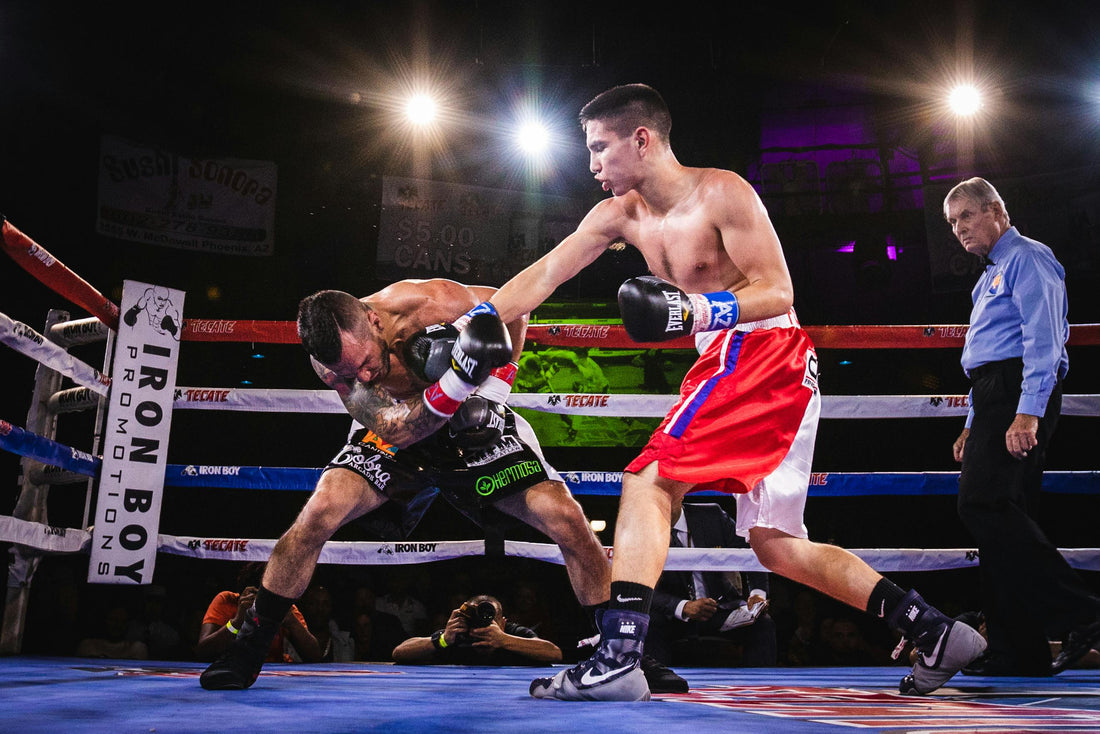
When You Train Matters: How Time of Day Affects Boxer Reaction Times
Share
Introduction
Every athlete wants to perform at their best, and boxers are no exception. In a sport where quick reactions can mean the difference between winning and losing, timing is everything—literally. A recent study shows that the time of day can affect how fast a boxer reacts, depending on whether they’re a “morning person” or a “night owl.”
What Is Chronotype?
Chronotype is a fancy word for your natural body clock. Some people feel more alert in the morning (morning types), while others are more active and focused in the evening (evening types). This study looked at whether these differences affect how quickly boxers can respond to visual cues.
The Study
Researchers tested 24 male boxers who were divided into two groups based on their chronotype: 12 morning types and 12 evening types. Each boxer was tested three times in one day—morning (9 a.m.), noon (1 p.m.), and evening (5 p.m.). They performed a visual reaction time (VRT) test, where they had to press a button as fast as possible when a light flashed.
What Did They Find?
The results were clear:
- Morning types (M-types) had the fastest reactions in the morning and noon, but their performance dropped in the evening.
- Evening types (E-types) performed poorly in the morning but got much faster in the evening.
At noon, both groups had similar reaction times, showing a middle ground where performance was balanced.
This shows that reaction time isn't just about training—it's also about when you train.
Why Does This Matter?
In boxing and other fast-paced sports, even a tiny delay can lead to a missed punch or a lost round. Knowing when your body is naturally at its best can give athletes a real advantage.
For example:
- A morning-type boxer might train better and perform best in the early hours.
- An evening-type might reach peak performance later in the day.
This knowledge can help coaches and athletes plan training sessions for when they’re most alert and responsive.
Recommendations for Coaches and Athletes
The study suggests training programs should match an athlete’s chronotype. Here’s how:
- Schedule reaction-based workouts in the morning for morning-types.
- Plan similar sessions in the evening for evening-types.
- Use midday sessions for mixed groups or when chronotype isn’t known.
Conclusion
This research proves that timing matters in sports training—especially for tasks that depend on fast reflexes like boxing. Understanding your chronotype can help you train smarter and perform better. Whether you're a coach, athlete, or sports fan, it’s time to recognize that when you train might be just as important as how you train.
